$20 Bonus + 25% OFF CLAIM OFFER
Place Your Order With Us Today And Go Stress-Free
Meta Care Health Pub: Pioneering digital health care solutions
The study examines "Meta Care," a tech-integrated health hub. Success depends on business model, value proposition, and operations. To address assumptions and uncertainties, the study analyses Meta Care's financial value capture, competitive advantage, strategic fit, and phased development method using many analytical frameworks. Service delivery and regulatory compliance will require cooperation between pharmaceutical companies, healthcare providers, and government organisations. AI-powered platforms that prioritise data security and real-time healthcare improvements are crucial.
Meta Care will use its user base and technology to improve operational efficiency and professional involvement, strengthening its business model. Meta Care customises, accessible healthcare with AI. Predictive monitoring and seamless service integration improve patient care. Virtual assistants and telehealth help Meta Care retain clients and engage the community. Facebook and Instagram will reach digital healthcare searchers and others. Although platform development and AI research are costly, subscription fees, telehealth commissions, and data analytics revenue dominate. Sustainability, profitability, and stakeholder value are achieved through strategic financial management.
The study states that Meta Care needs AI and data analytics expertise, health regulation compliance, and technology and device manufacturer links. A health solutions value chain will be created by healthcare providers, pharmaceutical companies, and insurance. AI-driven personalisation improves Meta Care's accessibility, proactive health monitoring, and data management. This business supports Meta's goal of using technology to enhance lives by providing constant marketing.
The staged development model addresses market acceptance and compliance issues via market research and regulatory monitoring. Stage-Gate and value chain analysis improve product development and efficiency. This study finishes with Meta Care's pledge to transform healthcare using technology. Healthcare implementation guidelines emphasise exploiting existing resources, strategic relationships, and stringent operational frameworks. This study shows how to design and manage Meta Care to satisfy patients' and providers' changing demands.
The purpose of this business report is to focus on the proposed business, "Meta Care" evaluate the business model description, and develop a value proposition to get an idea of the entire business operation. By implementing different frameworks, the operations of Meta Care will be developed, and the current business model of the parent firm will be evaluated. The scope of this report is to analyze the financial value capture, competitive advantage, strategic fit, and phased development plan addressing assumptions and will give an argument for the selection of chosen innovation tools.
Meta Care will collaborate with healthcare providers and pharmaceutical companies or insurance to deliver integrated healthcare services (Taipale-Erävala et al., 2021). Such partnerships would confirm platform functionality, innovation and regulatory compliance. The partnership with government bodies along with device manufacturers can strengthen the ecosystem and confirm high-quality services of healthcare.
The key activities of Meta Care involve the platform development considering AI powered health data analysis and security of the partnership considering the health care entities (Lopes et al., 2023). It concentrates on maintaining data security and compliance with the regulations to provide real time innovation for healthcare with service support to improve the offerings of the platform.
Meta Care leverages artificial intelligence infrastructure and an existing user base of meta that would draw upon partnerships with medical professionals. The resources would engage skilled individuals and cloud computing abilities that will combine with the brand power of Meta with an extensive digital platform.
Meta Care will be offering customized healthcare services focusing on AI driven analytics providing convenience and accessibility. This would improve patient care with predictive monitoring of Health and seamless integration that can enhance user experience to promote better health outcomes (Lopes et al., 2023).
Meta Care promotes personalized association through health monitoring equipment like 24/7 support through virtual assistant and services of telehealth. The community engagement will be strengthened by providing patient education, and health insights. The platform will encourage long-term loyalty as well (Possner & Tanaya, 2023).
Meta Care would reach the consumers focusing on the existing platforms of Meta including Facebook and Instagram with dedicated applications that will partner with the health care professionals and incorporate variable devices or create multiple touchpoints for the patients to access the services.
Meta Care will serve the diversified consumer segment engaging the patients required to have convenient digital health care and people with chronic diseases needing remote management.
The cost structure of Meta Care engages the platform development in AI research with data security. Significant operation expenses would be required coming from the partnership and staff.
Revenue will be generated focusing on subscription-based services with commissions on telehealth consultation. Meta Care will be monetizing the data insights from the pharmaceutical companies and incorporate premium health analytics (Possner & Tanaya, 2023).
Based on the value chain analysis, in order to innovate and develop Meta Care Health Hub, the following internal as well as external resources and capabilities are needed including
● AI and data analytics expertise: the company will be requiring skilled data scientists as well as AI engineers to create and maintain predictive algorithms for health.
● IT infrastructure: cloud computing as well as vigorous server architecture will be required to manage large amounts of healthcare data (Rintamäki & Saarijärvi, 2021).
● Health care experts: in-house professionals to confirm medical accuracy with compliance considering the health regulations.
● Partnership with the probable providers: collaboration with hospitals, clinics as well as health care professionals.
● Compliance with regulators: external expertise considering Healthcare regulations for data protection including GDPR or HIPAA.
● Device manufacturers: having partnerships with the variable providers of technology (Rintamäki & Saarijärvi, 2021).
In order to scale Meta Care Health Hub, the following internal resources and capabilities are highly important and can engage.
● Robust IT infrastructure: this required scalable cloud solutions with data management in order to handle the elevated user demand with data volume.
● AI as well as data engineering teams: to improve and optimize the machine learning algorithms this team is required to have a growing user base.
● Customer support teams: Meta Care would be required to expand teams in order to manage virtual assistants 24/7 with the idea of resolving user queries.
● Healthcare compliance expertise: the company will be requiring internal teams to confirm the platform follows the healthcare regulations over multiple regions (Rintamäki & Saarijärvi, 2021).
The key business partners for Meta Care Health Hub's value and supply chain would engage.
● Healthcare providers: the hospitals, clinics as well as medical professionals to deliver services.
● Pharmaceutical organizations: for incorporating medication management with prescription services.
● Insurance companies: to be able to offer integrated health coverage along with claim management
● Technology partners: AI and cloud service providers to improve platform functionality and automatic administrative activities with a blockchain-based system for safe and linked patient information
● Regulatory bodies: to improve and ensure compliance with the health care regulations.
● Subscription fees: Charging the health care providers and the insurance for the premium features including the advanced AI-driven insights of Health and customized care plans.
● Telehealth Commission: A Commission-based technique on virtual consultations as well as remote Medical Services.
● Data analytics services: Monetizing the anonymized data insights of healthcare for pharmaceutical organizations and medical researchers to confirm complaints with the data security regulations (Colombo et al., 2023).
Meta Care will have the recovery of its investment focusing on scaling the monetization channel. By leveraging the existing infrastructures of Meta Care Health Hub, and also the user base or technology, initial development expenses will be minimized with rapid user adaptation that would elevate revenue generation (Colombo et al., 2023). Having expansion globally focusing on strategic partnership with a subscription-based model can confirm recurring revenue that would help to recover the investment.
Improved AI-driven personalization: Meta Care focuses on advantage AI algorithms to provide highly customized recommendations of Health and insights on the basis of real time information. Unlike the competitor HealthTap which primarily provides general advice, Meta Care caters its services to personal health metrics and preferences (Lee et al., 2022).
Unique benefits of the new value proposition
● Enhanced accessibility: customers can benefit from the 24/7 access to the services of healthcare that would eliminate long wait times and depreciate the requirement for in-person visits.
● Comprehensive data management: having centralized health records the patients can simply share the data with the help of care providers to confirm sound and personalized care.
● Proactive health monitoring: with variables and AI analytics, the users can get real time data about their health and encourage proactive management of chronic health issues (Lee et al., 2022).
The new value proposition, as well as the business proposition of Meta Care Health Hub, works in parallel with the wider strategy of Meta as concentrating on the health care innovation as well as focusing on advanced technology, Meta Care enhances the mission of Meta to be able to connect and empower the users and such venture not only helps in having a diversification of the offerings but also reinforce the commitment towards the enhancement of lives focusing on technology (Rahman & Rahman, 2020).
● Market adoption rate: The assumption of the rapid adoption of Meta Care considering the health care providers and the patients might not properly hold the truth, considering distinguished levels of technology acceptance (Bridge, 2021).
● Regulatory environment: the uncertainties considering compliance with the evolving regulations of healthcare can highlight challenges to operations along with user trust.
● Market research: performing an ongoing market analysis is important to understand the requirements of the users and consider strategies accordingly.
● Regulatory monitoring: The establishment of a dedicated team of compliance could be beneficial to monitor the regulatory alterations and confirm adherence to deal with the issues (Bridge, 2021).
● Pilot program: The incorporation of pilot initiatives to evaluate user acceptance and enhance the platform could be essential on the basis of feedback to confirm alignment regarding the market demands.
Phased innovation/development plan- Stage Gate model: The Stage-Gate model provides a systematic method for managing the product development of Meta Care Health Hub. Every stage includes thorough assessment and input, guaranteeing that only feasible concepts move forward, ultimately minimizing risks and improving product success in the market (Trott et al., 2022).
Value chain analysis: Identifying key activities that improve Meta Care Health Hub's competitive advantage is the focus of value chain analysis. Through assessing operations, collaborations, and interactions with customers, the company can efficiently enhance processes, cut down expenses, and enhance service delivery.
Bring-build-buy map: The Bring-Build-Buy map assists Meta Care in identifying the optimal approach for acquiring skills. Meta can improve efficiency by evaluating the need to internalize expertise, develop internally, or acquire through collaborations.
Map the process to acquire a paying customer: Identifying touchpoints from awareness to conversion is essential in mapping the customer acquisition process (Trott et al., 2022). Meta Care can improve user experience, boost engagement, as well as ultimately raise conversion rates by optimizing every stage.
Estimate the cost of customer acquisition: Calculating customer acquisition expenses is essential for financial forecasting. Meta Care can improve the cost-effectiveness of investments by evaluating marketing expenses, sales initiatives, and customer engagement tactics.
Identify key assumptions: Identifying crucial assumptions is imperative in strategic plans. Validation of assumptions regarding market demand, regulatory compliance, as well as technological acceptance is essential to reduce risks and ensure alignment of Meta Care Health Hub's offerings (Trott et al., 2022).
Define the Minimum Viable Business Product (MVBP): The Minimum Viable Business Product prioritizes crucial features that provide value while reducing development expenses. Defining the minimum viable business product enables Meta Care to assess market potential.
Develop a product plan: Creating a thorough product strategy details goals, schedules, and resource distribution for Meta Care Health Hub. This strategic framework guarantees consistency among teams.
Toot 1: Phased innovation/development plan- Stage-Gate model
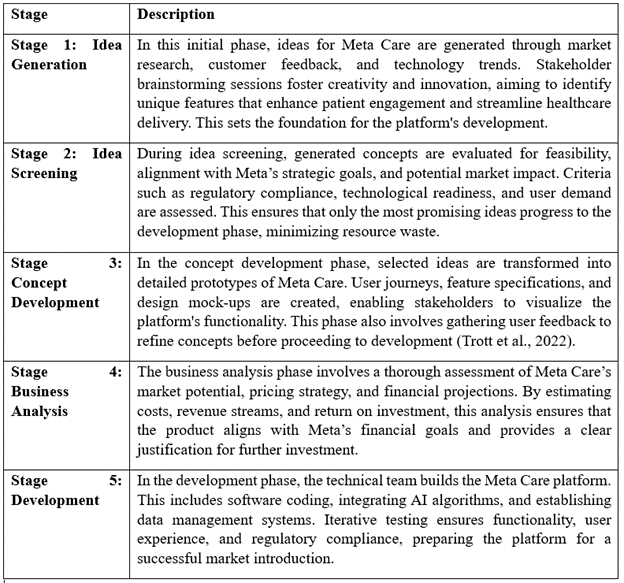
Tool 2: Value chain analysis
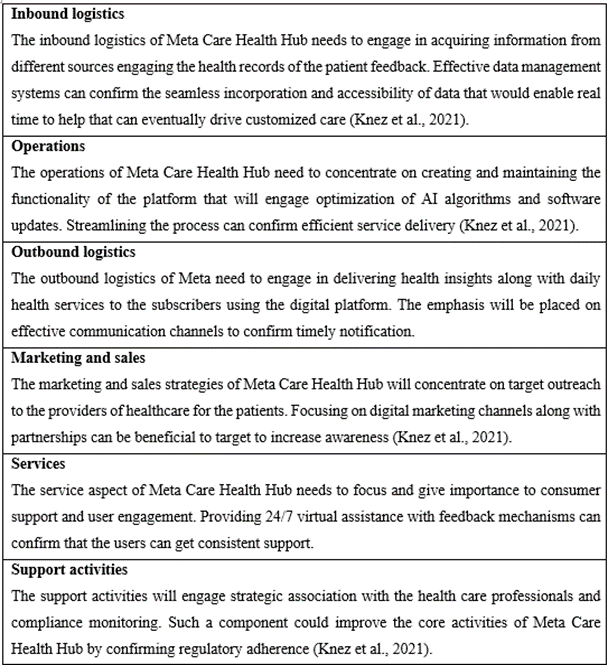
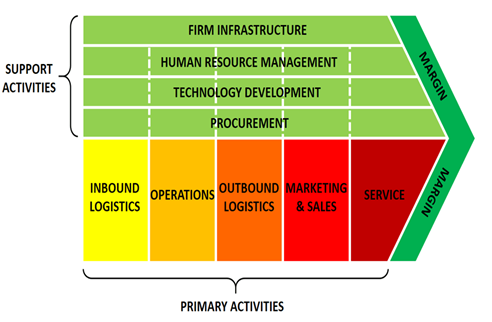
Figure: Value Chain Analysis
Source: (Knez et al., 2021)
Tool 3: Bring-build-buy map
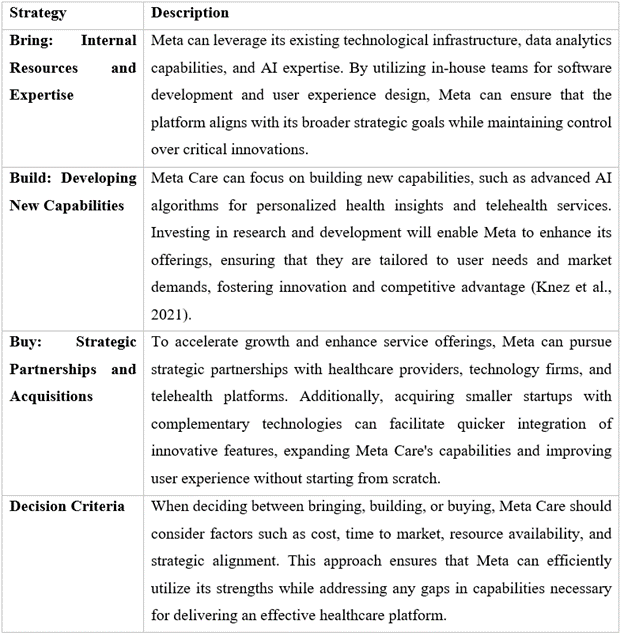
Tool 4: Map the process to acquire a paying customer
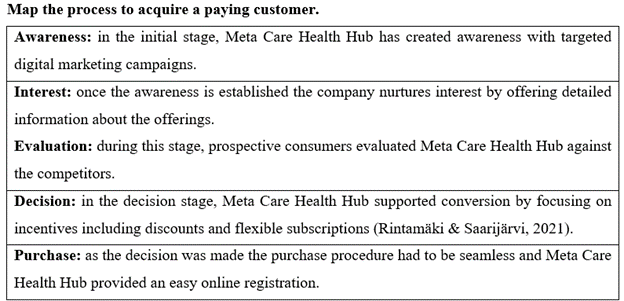
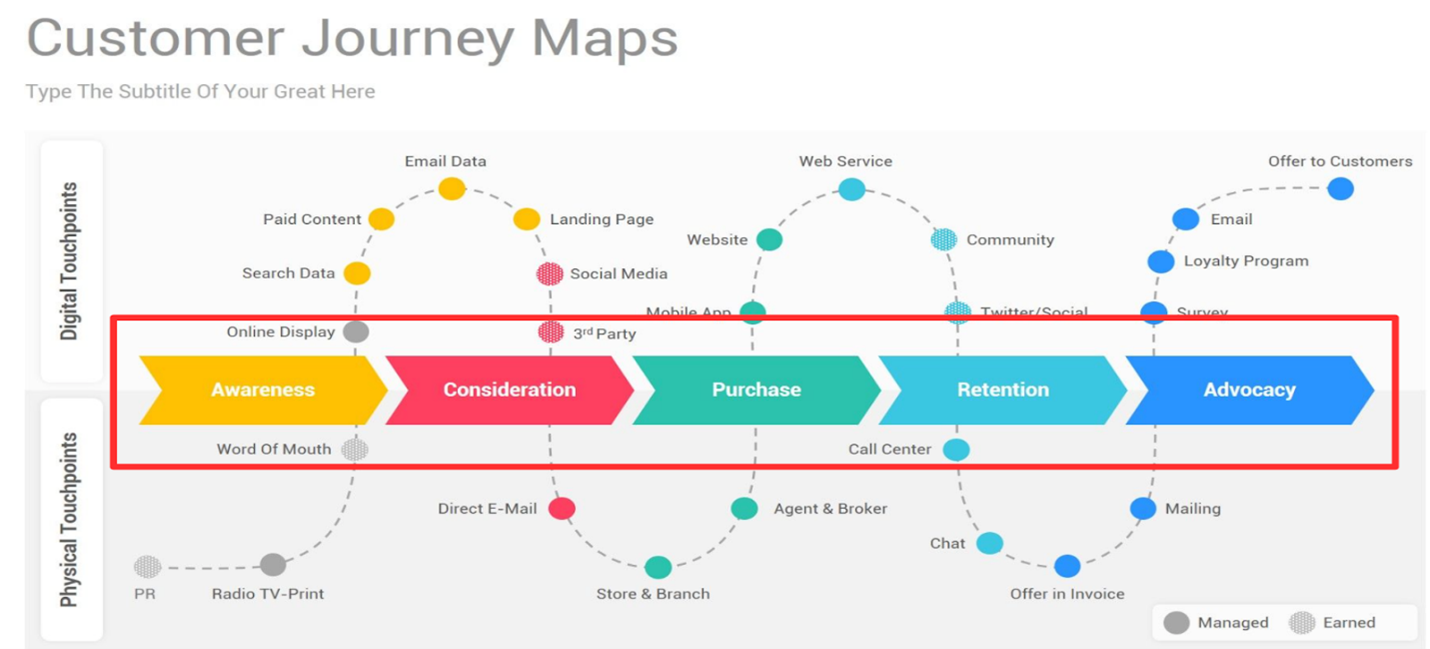
Figure: Map the process to acquire a paying customer
Source: (Lee et al., 2022)
Tool 5: Estimate the cost of customer acquisition.
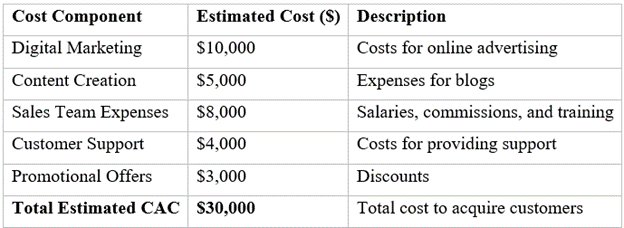
Tool 6: Identify key assumptions
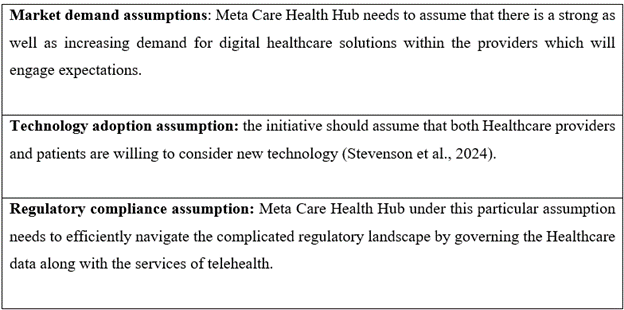
Tool 7: Define the Minimum Viable Business Product (MVBP)
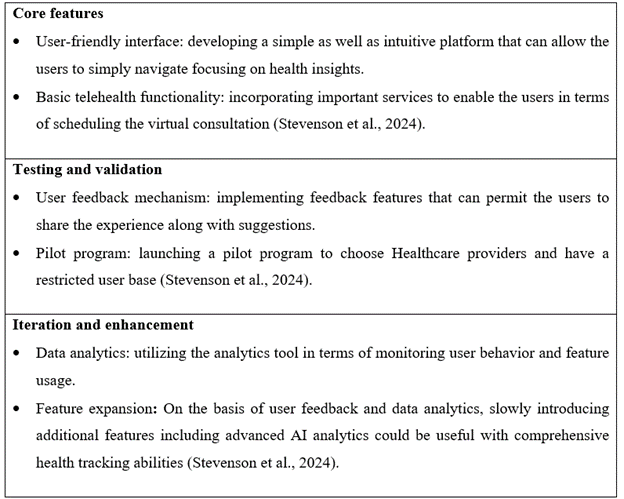
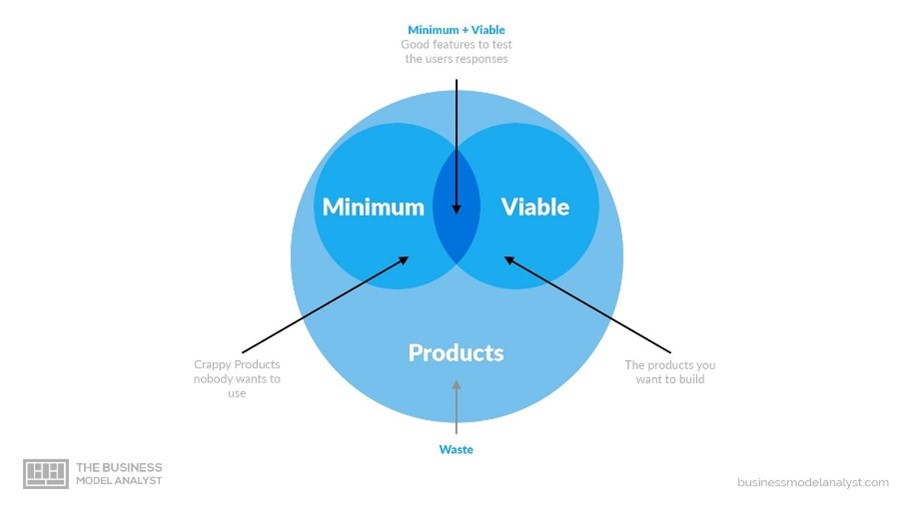
Figure: Minimum Viable Business Product
Source: (Stevenson et al., 2024)
Tool 8: Develop a product plan.
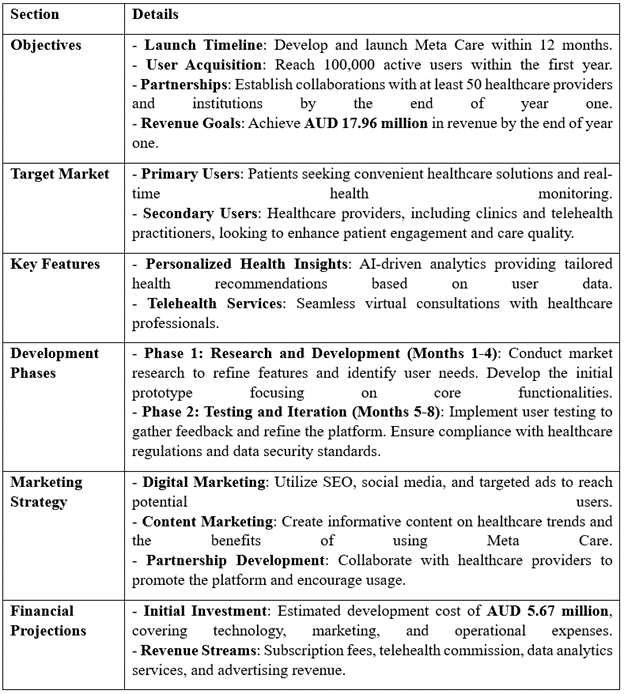
Reflection on the assessment task two
While performing task 2, I have performed a value proposition for a new proposed business of Meta which is Meta Care Health Hub. In this task, I have implemented different models to evaluate the business and analyzed several factors which helped me to perform research on the business dynamics and implement frameworks to get an idea of how to operate a new business and make it successful.
Reflection on the development of personal innovation capabilities and practices
It can be reflected in the development of personal innovation capabilities and practices that I have been able to create strong individual innovation abilities focusing on hands-on experience considering the structured framework including the stage gate model. Regarding my personal innovation capabilities, I have been able to create it by doing research on the businesses and improving my innovation researching skills and thinking out of the box, which could be beneficial for me to consider it as a practice of creating self-innovation goals.
It can be reflected while doing this assignment that I have a very strong analytical ability with a strategic mindset that has helped me to communicate ideas and recognize opportunities. My time management ability is very effective since I can simply manage the time schedule and perform things effectively. However, I have been struggling with a lack of confidence and slow decision making which has impacted my assignment as well as my way of studying new things.
In order to have improvement regarding my capabilities I should be involved in small projects and should work with other team members. I must enroll on online courses and study more books on self-improvement and time management.
It can be concluded that this entire assignment has focused on the case study of Meta, considering the new service Meta Care Health Hub. Implementing different frameworks and data, the entire study has evaluated innovation and sustainable business development. It has focused on the important areas using proper bulletin and has also implemented cables to understand the factors quite more easily.
It can be recommended that in order to improve the new business, it is highly important to have strategic planning. Since the users are the core of Meta Care Health Hub, it is highly important to improve the experience to help enhance the number of loyal consumers. Enhancing communication among the employees and delivering services rapidly could be beneficial to make this business successful.
Bridge, S. (2021). Facing uncertainty: An entrepreneurial view of the future?. Journal of Management & Organization, 27(2), 312-323.
Colombo, M. G., Hoisl, K., Reichstein, T., & Torrisi, S. (2023). Open innovation, value creation and value capture: an introduction. Journal of Industrial and Business Economics, 50(4), 731-742.
Knez, K., Jaklič, A., & Stare, M. (2021). An extended approach to value chain analysis. Journal of Economic Structures, 10, 1-37.
Lee, C., Wu, C., & Jong, D. (2022). Understanding the impact of competitive advantage and core competency on regional tourism revitalization: Empirical evidence in Taiwan. Frontiers in psychology, 13, 922211.
Lopes, H. E. G., Rodrigues, V. C., Leite, R. S., & Gosling, M. (2023). Business Model Canvas and Entrepreneurs: Dilemmas in Managerial Practice. BBR. Brazilian Business Review, 20(3), 260-280.
Medda, F. (2012). Land value capture finance for transport accessibility: a review. Journal of Transport Geography, 25, 154-161.
Osterwalder, A., Pigneur, Y., Bernarda, G., Smith, A., & Papadakos, T. (2015). Value proposition design: how to create products and services customers want (1 ed.). New York: New York: WILEY.
Oliveira, M. A. Y., & Ferreira, J. J. (2011). Business Model Generation: A handbook for visionaries, game changers and challengers.
Alexandra Possner, P., & Tanaya, O. (2023). Exploring the business model canvas of mazars group: A comprehensive analysis. Enrichment: Journal of Management, 13(5), 3348-3358.
Rahman, M. H., & Rahman, A. (2020). Strategic fit strategy formulation: keys to enhancing competitiveness and improving capabilities of a manufacturing unit. Production & Manufacturing Research, 8(1), 59-79.
Rintamäki, T., & Saarijärvi, H. (2021). An integrative framework for managing customer value propositions. Journal of Business Research, 134, 754-764.
Stevenson, R., Burnell, D., & Fisher, G. (2024). The Minimum Viable Product (MVP): Theory and Practice. Journal of Management, 01492063241227154.
Taipale-Erävala, K., Salmela, E., & Lampela, H. (2021). Towards a new Business Model Canvas for platform businesses in two-sided markets.
Trott, P., Baxter, D., Ellwood, P., & van der Duin, P. (2022). The changing context of innovation management: A critique of the relevance of the stage-gate approach to current organizations. Prometheus, 38(2).
Are you confident that you will achieve the grade? Our best Expert will help you improve your grade
Order Now